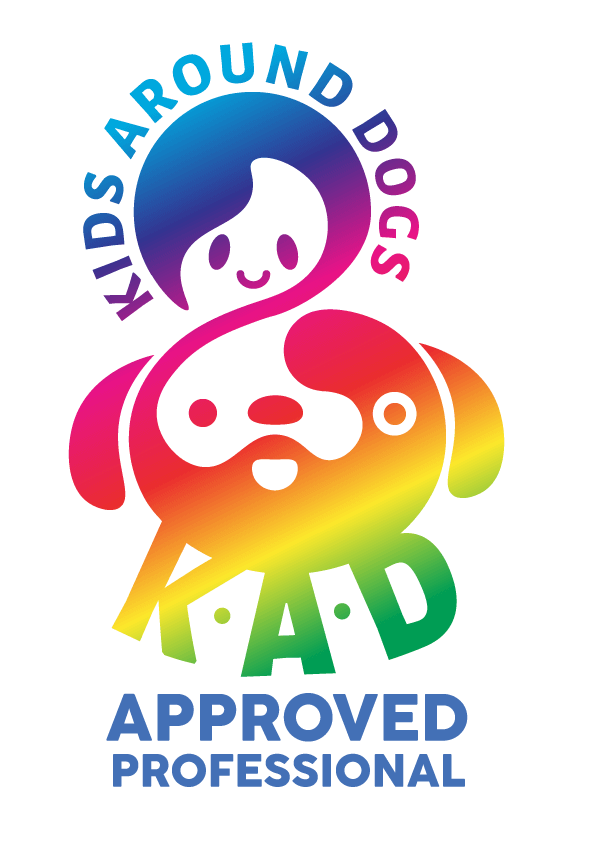In my role as a dog trainer and behaviour specialist, I’m often called into homes where owners have been bitten by their dogs; understandably this is very distressing and confusing for owners, especially when they believe there was no clear warning, but was there? Most dogs will give some warning signals before an attack, however, they maybe poor communicators – or harder to ‘read’. And, it is often misunderstanding that can lead to a dog bite.
Over the last five years, the number of hospital admissions as a result of a dog bite has been steadily increasing, with an estimated 200,000 people a year said to have been bitten by dogs in England. At a cost of approximately £3 million to the NHS, a high proportion of these bites are caused by our own pets in our own home – and often during the summer months. With the recent changes to the UK’s Dog Laws to include possible prosecution for dog attacks that occur within our homes and gardens, here are our top 5 dog bite prevention tips.
- Socialisation & training. It’s important to get your dog used to being around others from an early age. This includes different types of people (e.g. young children, the elderly etc), situations, and environments – and of course other dogs, to help set your dog up for success.
- Get the basics right. Make sure you train your dog using positive force-free methods. Many studies show an association between the use of punitive techniques and behaviour problems such as aggression (e.g. Casey et al 2013; Herron et al 2009; Rooney and Cowan 2011). Studies also show the importance of timing, that dogs prefer food over petting and praise (Feuerbacher and Wynne 2012), that the type of treat matters, and even that dogs love to work to earn a reward (McGowan et al 2014). Ensure he can perform key requests including “sit”, “stay” and “come”. Behaviour can change at any stage during your pet’s life, so do positively reinforce these requests in various environments – while you are out on a walk, at home, in the park and so on.
- Keep your dog mentally & physically stimulated. Exercising your dog’s brain as well as his body is key for having a smarter, fitter and happier dog. Allowing your dog to use his natural behaviours like chasing or scenting and tracking through constructive play will help avoid frustration, boredom and unwanted behaviours (like chasing squirrels). That’s because you can direct or put ‘on cue’ these natural behaviours in a positive, fun way. But be aware of your dog’s physical health – if he is in pain due to an injury or discomfort, for example he suffers from arthritis, be considerate of his capabilities and seek treatment to assist with pain relief. Read Playing With Your Dog for game ideas.
- Never overwhelm your dog. Avoid putting your dog into a setting where he is likely to become fearful or nervous. For example, if your dog is nervous of other dogs and children, taking him to a busy park and allowing youngsters to pet him could lead to your dog feeling overwhelmed and cause him to be reactive. Read my article on ‘Stress – what we can’t see’. Know your dog’s limits and seek professional help from a dog trainer or behavioural consultant.
- Learn ‘doggie etiquette’. Knowing the appropriate way to approach a dog or ‘doggie etiquette’ is an important skill for any adult or child. Using the acronym “WAIT” we can remind ourselves to:
- W – Wait to see if the dog looks friendly (look for ‘clusters of information’ e.g. soft, squinty almond shape eyes, coupled with a relaxed open mouth and relaxed body posture). If the dog looks afraid or angry, STOP and walk away slowly. Click here for more information about body postures.
- A – Ask the owner for permission to pet the dog. If the owner says “no” or there is no owner present, STOP and walk away slowly.
- I – Invite the dog to come to you and allow him to sniff you. Put your hand to your side with your fingers curled in. Stand slightly sideways and dip your head down so you are not looking directly at the dog. If the dog does not come over to sniff you, do not approach or touch him – just STOP and move away slowly.
- T – Touch the dog gently, petting him along his back while staying away from his head and tail.
Following these simple five steps will help you to stay safe. If you want to know more or you are experiencing problems with your family dog, do get in touch. Email us at [email protected]
Learn more about our classes

Get Hanne's Book
Playing With Your Dog will help any dog owner work out the games that are best suited for their pet to play throughout his life, from puppyhood to old age. The book also shares some tricks for all ages, group activities, and recommended toys that dogs will enjoy.

























